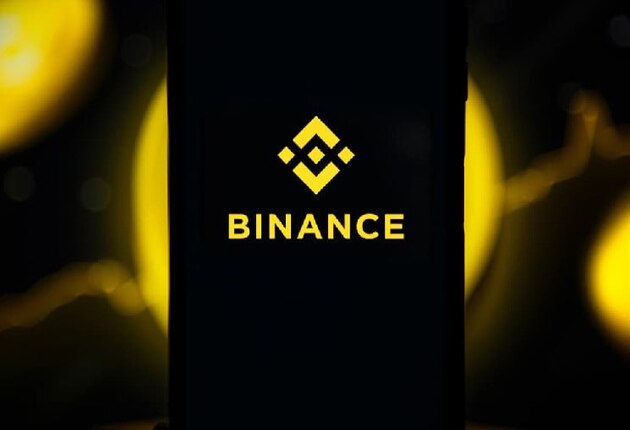Binance, the global cryptocurrency exchange, has recently added monitoring tags to eleven altcoins due to their high volatility. The tagged cryptocurrencies, including Balancer (BAL), Cortex (CTXC), and Sun (SUN), will undergo scrutiny and periodic reviews by the exchange. This measure is part of Binance’s proactive approach to ensure a stable trading environment. Binance’s statement highlighted that these cryptocurrencies would be under continuous observation, with evaluations focusing on various performance metrics.
Just In: Binance announced that it has added Monitoring tags to the following tokens, warning that these tokens may be delisted: Balancer (BAL), Cortex (CTXC), PowerPool (CVP), Convex Finance (CVX), Dock (DOCK), Kava Lend (HARD), IRISnet (IRIS), MovieBloc (MBL), Polkastarte…
— Wu Blockchain (@WuBlockchain) July 1, 2024
Binance’s Criteria for Monitoring and Delisting Tokens
Cryptocurrencies with a monitoring tag typically possess a functional product and some user adoption but carry higher risks. These risks include potential legal issues, market volatility, and technological challenges. Binance has set specific criteria for monitoring, such as the development team’s commitment, trading volume, liquidity, and network security.
Tokens that fail to meet Binance’s standards during these reviews are at risk of being delisted. Conversely, tokens showing consistent stability and meeting review criteria may have the tag removed. This dynamic process ensures that only cryptocurrencies meeting Binance’s quality standards remain available for trading.
Monitoring Effects on Traders and Market Trends
To engage with these monitored tokens, Binance requires traders, dubbed “Binancians,” to pass a quiz every 90 days on the Binance Spot and Margin platforms. This educational requirement ensures traders are well informed about the risks associated with volatile cryptocurrencies. Additionally, users must agree to the platform’s Terms of Use, which have been updated to reflect these changes.
Binance also uses risk warning banners on its Markets Overview page to indicate tokens that are being monitored. This visual cue helps traders quickly identify high-risk assets. The introduction of monitoring tags aligns with Binance’s strategy to navigate the complex regulatory landscape it faces.
Binance Delists Assets in Regulatory Compliance Update
In response to ongoing regulatory adjustments and a commitment to maintain high standards, Binance announced the delisting of four digital assets, OmiseGO (OMG), Waves (WAVES), Wrapped NXM (WNXM), and NEM (XEM) on June 17, 2024. This action shows the platform’s thorough review process, which adapts to the changing demands of the industry.
#Binance will delist $OMG, $WAVES, $WNXM, and $XEM on June 17, 2024.
More details here ⤵️https://t.co/u5r7gtOjMN
— Binance (@binance) June 3, 2024
The decision to delist these assets was based on multiple stringent criteria, including the development teams’ commitment, project development quality, trading activity, and asset liquidity. Additional considerations included network stability, effective public communications by the project teams, and adherence to prevailing regulatory standards.
This ensures that Binance provides all investors with a safe and compliant trading space. The platform’s strategy highlights its dedication to maintaining a secure and regulated environment while adapting to the changing demands of the cryptocurrency market.





